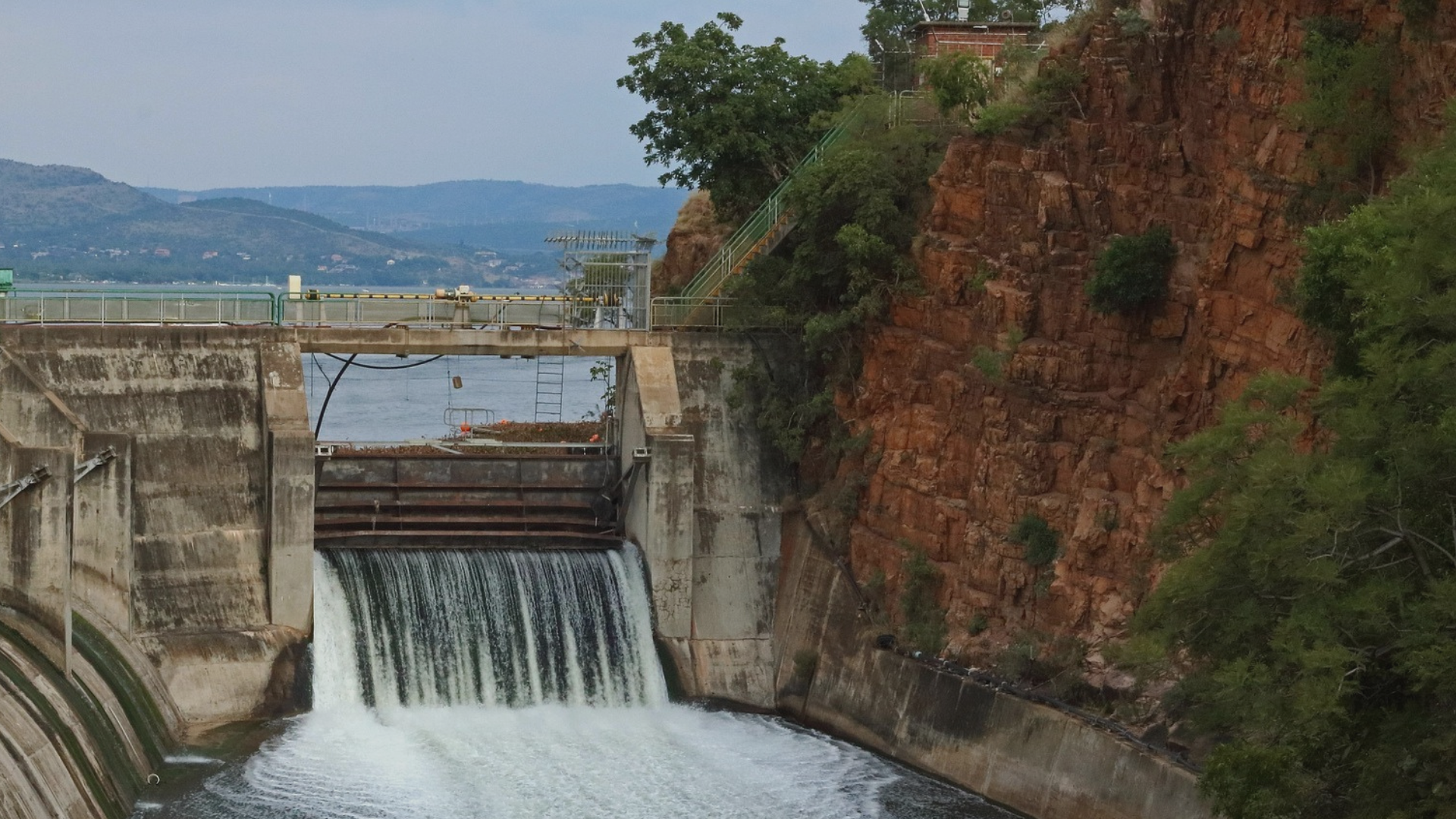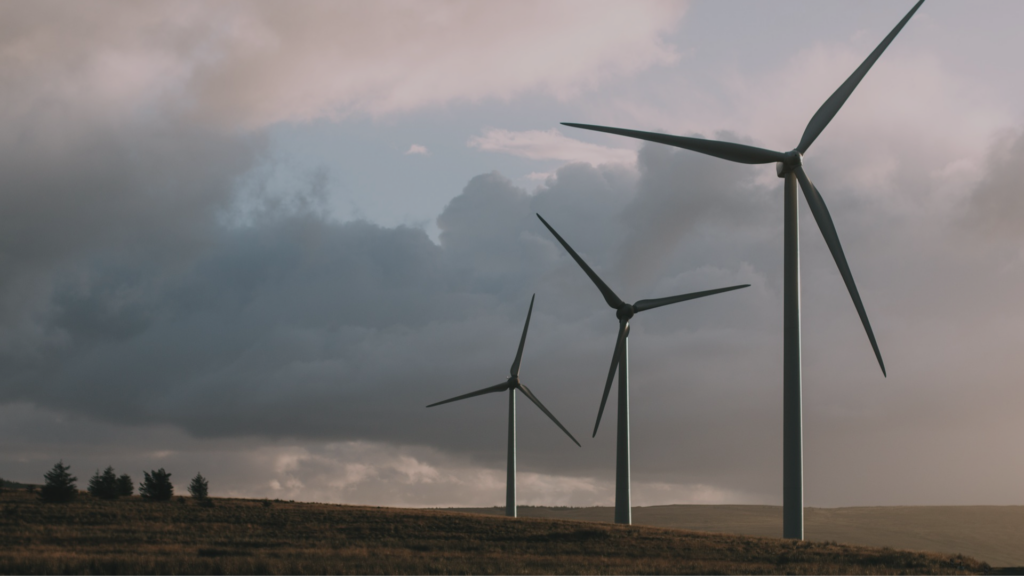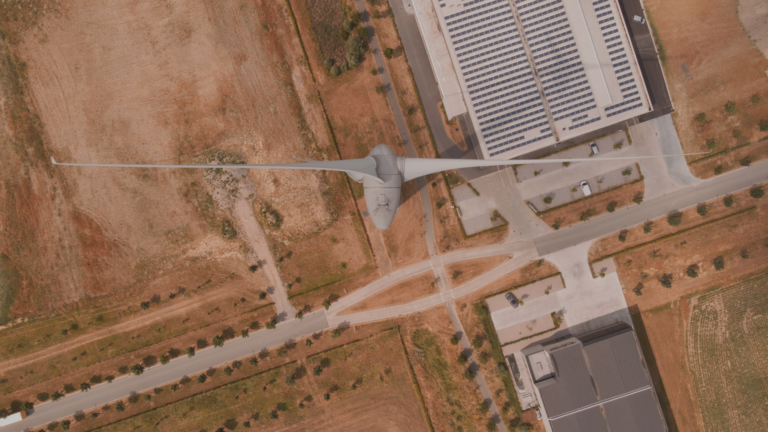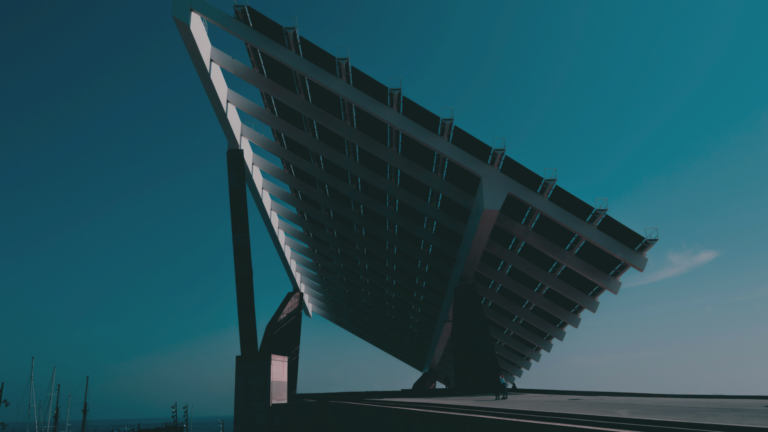PJM Capacity Market Pressures and the Rising Cost of Power for Industry
- Topics :
- Renewable Energy
Hydropower and Beyond: Mapping Canada’s Next Decade of Renewable Growth
Published October 20, 2025

Canada is on track to transform its clean energy landscape. With a federal target to achieve 90% non-emitting electricity by 2035, the country is expanding beyond its long-standing hydropower dominance. Hydropower remains the backbone of Canada’s power mix, supplying about 61% of the country’s electricity, but the next decade will see a rapid rise in solar, wind, and hydrogen development. The question is how Canada can balance this growth while maintaining grid reliability and ensuring that corporate energy buyers can track their real-world emissions in real time.
Canada’s Clean Energy Baseline: Hydropower’s Dominant Role
Canada’s hydropower sector represents one of the cleanest and most stable electricity foundations in the world. According to Natural Resources Canada, the country has an installed hydroelectric capacity of more than 81 gigawatts, making it the second-largest global producer of hydroelectricity after China. Hydropower generates around 61% of Canada’s total electricity and over 80% of its renewable generation. The provinces of Quebec, British Columbia, Manitoba, and Newfoundland and Labrador lead this production, each leveraging extensive river systems and decades of infrastructure investment.
Hydropower has provided Canada with significant advantages: consistent baseload energy, grid stability, and very low lifecycle emissions. Yet the opportunity for large new hydro projects is limited due to environmental concerns and land use conflicts. This is why smaller-scale modernization projects and hybrid systems combining hydro with battery storage are gaining traction. These hybrid approaches make better use of existing assets while integrating intermittent renewables such as wind and solar.
The Shift Toward Wind and Solar: Provincial Growth Drivers
While hydro remains Canada’s anchor, provinces are rapidly diversifying their energy portfolios. Alberta, with its deregulated power market, has become the fastest-growing province for wind and solar investment. Market-based procurement and transparent grid access have attracted private capital and innovation. Ontario continues to expand distributed solar capacity, while Quebec leverages its abundant hydroelectric resources to support pilot solar projects. In Atlantic Canada, large-scale wind initiatives are taking shape, targeting both domestic use and cross-border export to the northeastern United States.
Provincial renewable capacity trends illustrate how regional diversity contributes to national resilience. Quebec and British Columbia will continue to dominate hydro, while Alberta and Saskatchewan focus on solar and wind. The diversity strengthens grid flexibility but also complicates emissions tracking for companies operating across multiple provinces. Understanding the local carbon intensity of electricity generation is critical for accurate Scope 2 reporting.

Emerging Frontiers: Green Hydrogen and Energy Storage
Canada’s Hydrogen Strategy, introduced in 2020, envisions clean hydrogen as a cornerstone of industrial decarbonization and future energy exports. Hydropower and excess renewable electricity create ideal conditions for producing green hydrogen through electrolysis. Newfoundland and Labrador are already investing in wind-to-hydrogen projects aimed at global markets. Alberta and Quebec have also launched pilot projects to integrate hydrogen into transportation and heavy industry.
Energy storage technologies will play a crucial role in stabilizing the future grid. Lithium-ion batteries, flow batteries, and hybrid hydro systems are emerging across Canada to manage variability and optimize renewable performance. Together, hydrogen and storage will form a bridge between intermittent generation and reliable supply, enabling Canada to export clean energy while maintaining domestic security.
The Data Imperative: Real-Time Carbon Tracking for Corporate Energy Buyers
As Canada’s renewable supply diversifies, the emissions intensity of electricity will fluctuate by region and time of day. Annual averages can no longer reflect the true carbon footprint of consumption. Corporations need granular, time-based data to align their operations with sustainability goals and compliance frameworks.
Advanced energy data systems are emerging to address this need. Automated integration with utilities can deliver hourly emissions insights through intuitive dashboards, while AI-powered analysis identifies the most effective efficiency measures and retrofit opportunities. These tools help energy managers make confident investment decisions, verify progress with audit-ready data, and maintain compliance with standards such as SB 253, CSRD, and ISSB.
For businesses sourcing renewable energy in Canada, this level of visibility ensures that clean energy claims are credible and measurable. As provincial grids evolve, transparent and automated data systems will become essential for tracking real decarbonization outcomes rather than projected averages.

Conclusion: A Decade to Define Canada’s Renewable Identity
Canada’s hydropower legacy provides a strong foundation for a broader renewable transformation. The expansion of solar, wind, hydrogen, and storage will reshape how energy is produced, traded, and consumed. Achieving success will require coordination between federal and provincial policies, infrastructure investment, and precise data management.
Decarbonization is no longer only about generating clean electrons. It also depends on the ability to measure, verify, and optimize the use of those electrons. As Canada maps its next decade of renewable growth, advanced digital systems and transparent carbon tracking will help organizations translate this national progress into tangible emissions reductions and accountable ESG outcomes.
References
- Energy Monitor: Canada’s renewable power capacity to expand to 2035
- Natural Resources Canada: Hydroelectric Energy
- Government of Canada: Hydrogen Strategy for Canada
- Canada Energy Regulator: Canada’s Energy Future 2023 Report









